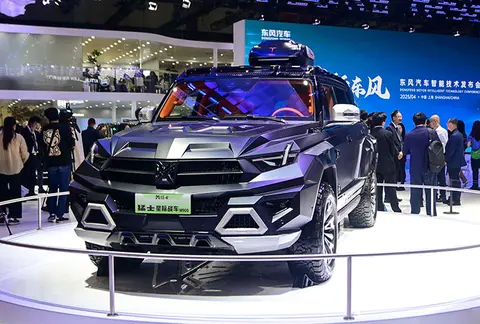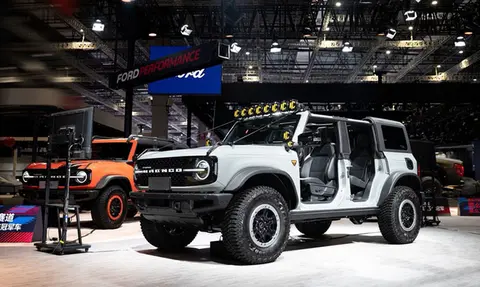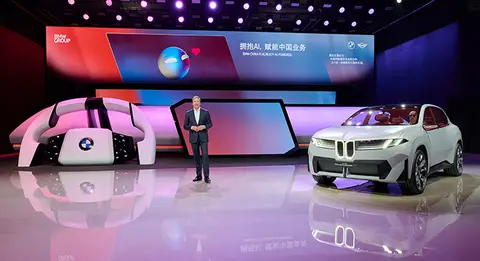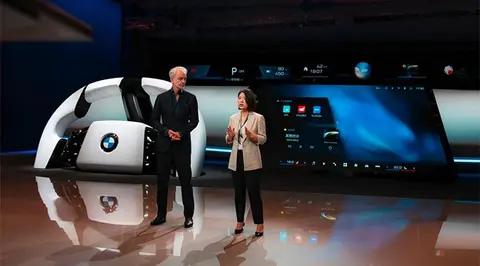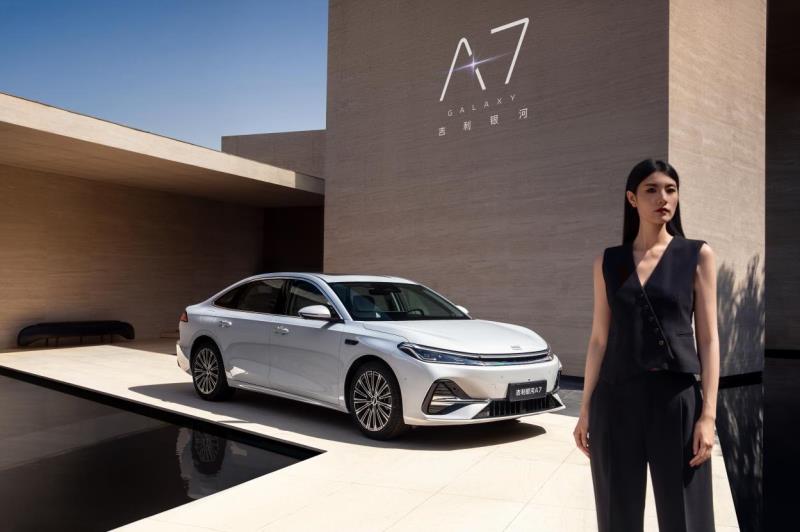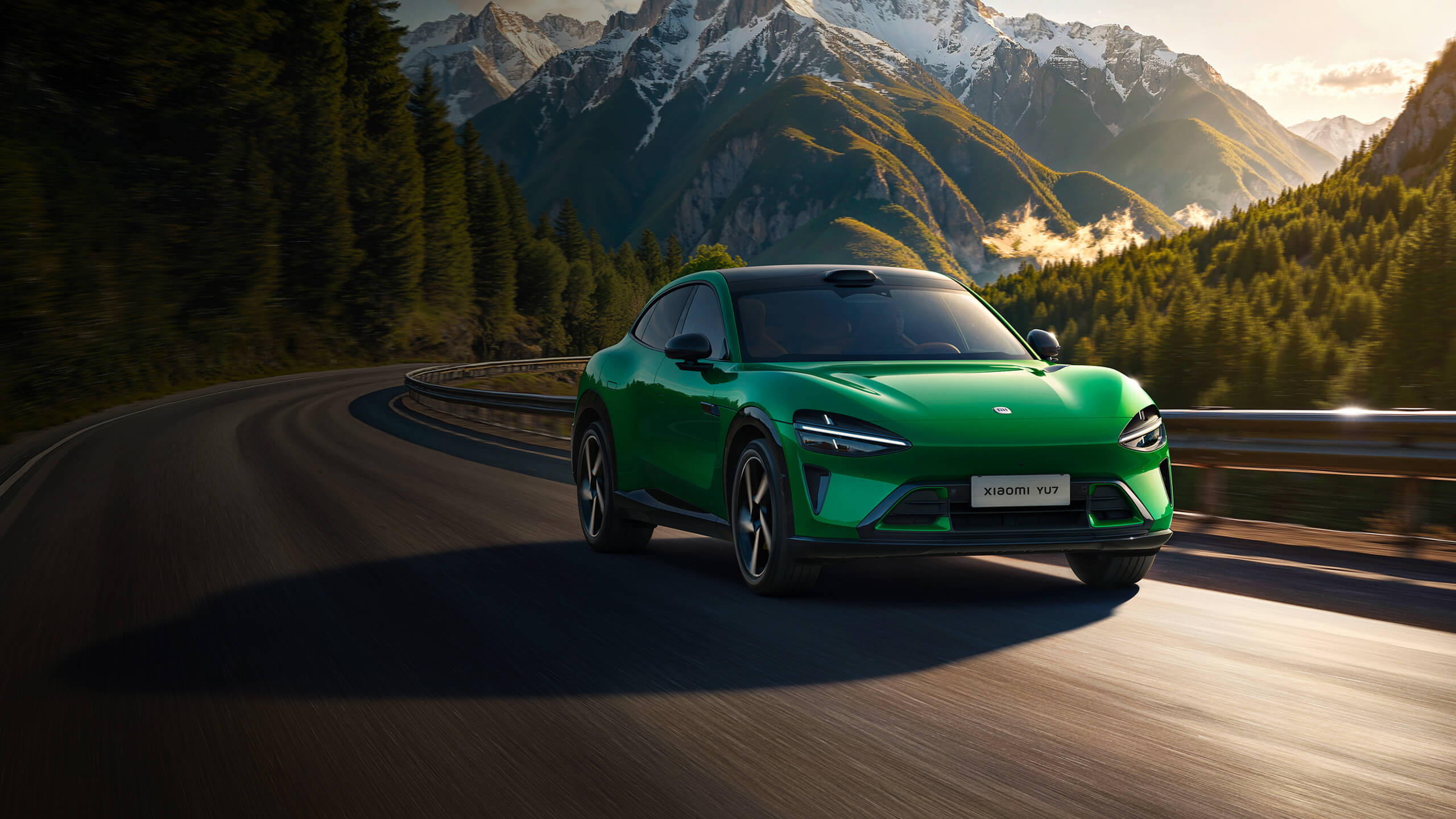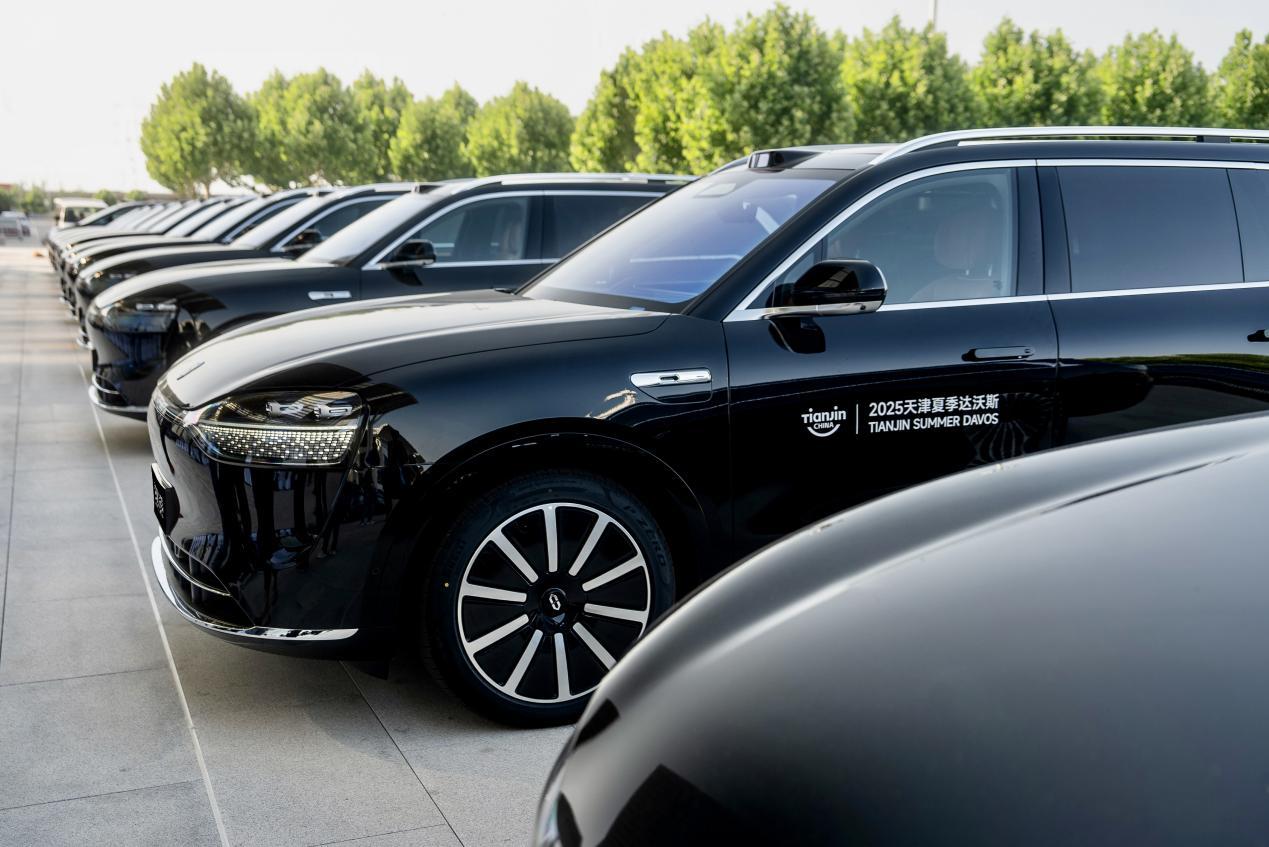News
BYD Han Faces Fierce Rivalry: Geely Galaxy L7 Boasts 3.36L Fuel Consumption and $4,000 Savings—Which Should You Choose?
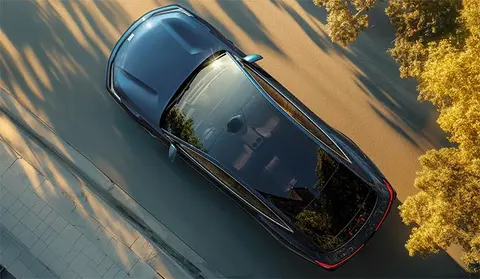
The battle in the mid-to-large new energy sedan market intensifies as Geely unveils a bold pricing strategy...
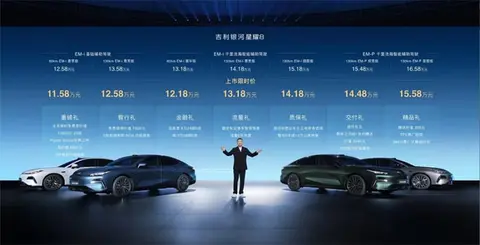
On May 9th, the Geely Galaxy L7 officially launched, priced between $17,528-$23,089, with a limited-time promotional price of $16,138-$21,710. This C-segment sedan solidifies Geely Galaxy's lineup of sedans, SUVs, hybrids, and EVs under $27,870.
Positioned as a mid-to-large new energy sedan, the Galaxy L7 naturally competes against BYD Han DM-i, a flagship model in BYD's Dynasty series. The Han DM-i has been a popular choice in this segment, thanks to its solid product capabilities and technological prowess.
As the Galaxy L7 enters the market, buyers will inevitably wonder whether to choose it or the BYD Han DM-i. Let’s compare the two models across key dimensions to determine the better option.

The Galaxy L7 offers two powertrain options: EM-i for fuel efficiency and EM-P for performance. However, the EM-i variant is expected to dominate sales due to its impressive CLTC fuel consumption of just 3.36L/100km.
In contrast, BYD Han DM-i utilizes its fifth-generation DM hybrid technology, achieving a slightly higher fuel consumption of 3.8L/100km. While this was groundbreaking when the Han DM-i debuted, the Galaxy L7 now aims to challenge it directly with a more competitive price. For example, the base Galaxy L7 model is $4,000 cheaper than the entry-level Han DM-i.
To better illustrate the differences, let’s compare the Galaxy L7 EM-i Premium ($18,919) against the Han DM-i Intelligent Driving Edition ($23,527)—a price gap of $4,608.
▲ Exterior and Dimensions Comparison
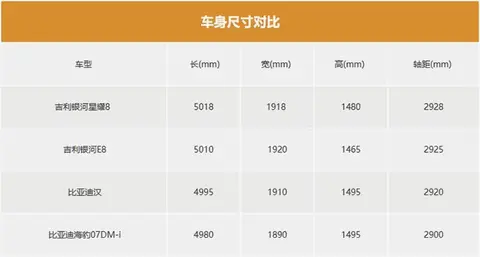
Appearance is subjective, but the Galaxy L7 offers a fresher design that stands out on the street. Additionally, its dimensions—5018x1918x1480mm with a 2928mm wheelbase—are slightly larger than the Han DM-i's 4995x1910x1495mm and 2920mm wheelbase. This translates to better interior space and a more commanding presence.
▲ Interior Comfort Comparison
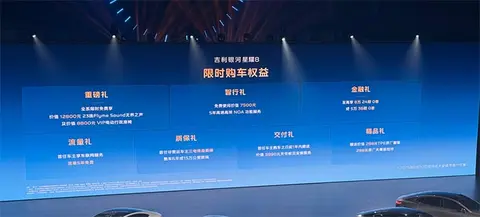
Both models deliver solid comfort, but the Galaxy L7 stands out with promotional perks available until June 30th, including a $1,783 23-speaker Fiyme Sound system and an $1,226 VIP electric executive seat package. These features enhance comfort, especially for rear passengers.

The Galaxy L7’s VIP seats offer advanced functionality, including adjustable seat cushions and backrests, making it a standout in the $10,000 price range.
On the tech front, the Galaxy L7 features a 15.4-inch Flyme Auto infotainment system integrated with AI, while the Han DM-i boasts a slightly larger 15.6-inch DiLink 100 system. Both offer smooth and intuitive user experiences.
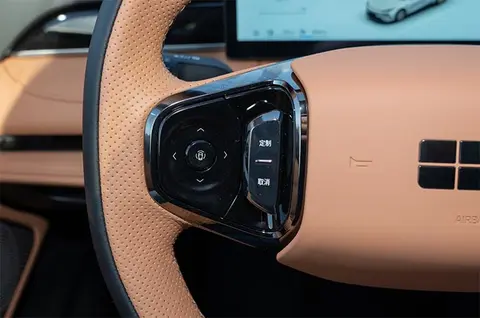
For driving assistance, the Galaxy L7 EM-i Premium and Luxury trims lack advanced features like NOA driving assistance, focusing instead on affordability. Meanwhile, BYD Han DM-i offers basic DiPilot 100 assistance across all trims, with top-tier models upgrading to DiPilot 300 for city navigation.
In terms of space, the Han DM-i edges out the Galaxy L7 in rear headroom and trunk capacity. For taller passengers (6’1”), the Han DM-i provides more comfortable rear seating.
However, the Galaxy L7 compensates with additional front seat features, ambient lighting, and rear passenger controls, though its non-opening panoramic roof may disappoint some buyers.
▲ Dynamic Performance Comparison
The Han DM-i delivers a smoother ride, especially for rear passengers, thanks to its softer suspension. The Galaxy L7 prioritizes sportier handling, with firmer suspension and a more responsive chassis—ideal for drivers seeking a dynamic experience.
▲ Why Is the Galaxy L7 Cheaper?
The Galaxy L7’s lower price stems from its strategic use of cost-effective powertrain options. While the Han DM-i relies solely on its fifth-generation DM hybrid system, the Galaxy L7 combines a 1.5L naturally aspirated engine with a single-speed hybrid transmission, achieving impressive fuel efficiency without sacrificing affordability.
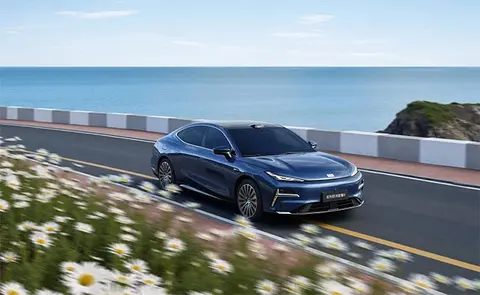
The Galaxy L7’s EM-i engine delivers 175kW and 262Nm of torque, compared to the Han DM-i’s 200kW and 315Nm. Acceleration also favors the Han DM-i, which completes 0-100km/h in 6.9 seconds versus the Galaxy L7’s 7.9 seconds.
However, the Galaxy L7 achieves better CLTC fuel economy at 3.36L/100km. Its pure electric range is slightly longer at 130km compared to the Han DM-i’s 125km, with a combined range of 1,600km, aided by a larger 55L fuel tank.

Overall, the Galaxy L7 targets both the Han DM-i and smaller sedans, leveraging its price advantage and versatile configurations.
For buyers prioritizing performance and handling, the Galaxy L7 EM-P is a compelling option. For budget-conscious shoppers, the Galaxy L7 EM-i delivers strong value with impressive features and space.
The Han DM-i remains a strong contender for families prioritizing rear passenger comfort and balanced ride quality. Its softer suspension and larger rear headroom make it a preferred choice for elderly or child passengers.
Conclusion:Both the BYD Han DM-i and Geely Galaxy L7 EM-i are standout models in their price range. With promotional offers, the Galaxy L7 edges out in value, featuring additional perks like upgraded sound systems and electric seats. However, the Han DM-i's balanced performance and comfort make it a solid option for certain buyer profiles.


